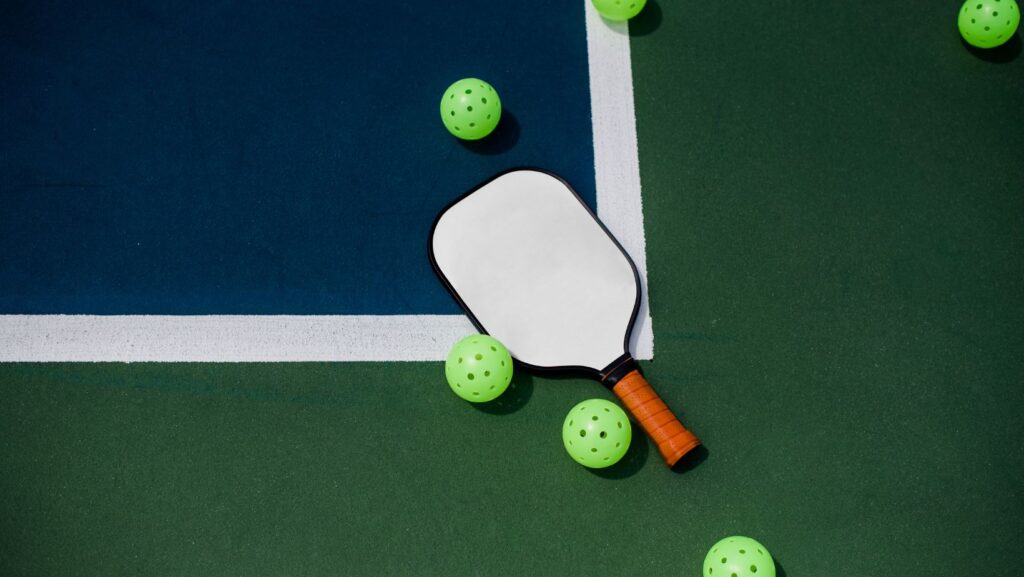Introduction
Welcome to the ultimate guide on pickleball court installation! Whether you’re a pickleball enthusiast looking to set up a court in your backyard or a community planner aiming to enhance recreational facilities, this comprehensive guide has got you covered. From selecting the ideal location to the final touches, we’ll walk you through each step with expert insights and practical advice.
Choosing the Perfect Location
Selecting the right location is crucial for a successful pickleball court installation. Consider factors such as available space, sunlight exposure, accessibility, and proximity to amenities. Ensure that the area is level and free from any obstructions to ensure optimal gameplay experience.
1.1 Assessing Space Requirements
Before breaking ground, carefully measure the area to ensure it meets the standard dimensions for a pickleball court. A standard pickleball court measures 20 feet wide and 44 feet long for doubles play, with additional space required for boundaries and player movement.
1.2 Evaluating Sunlight Exposure
Take note of the sun’s trajectory throughout the day to avoid placing the court in direct sunlight for prolonged periods. Excessive sun exposure can cause discomfort for players and lead to surface damage over time. Aim for a location that offers a balance of sunlight and shade.
Preparing the Ground
Proper ground preparation is essential to ensure the longevity and performance of your pickleball court. From clearing vegetation to leveling the surface, each step plays a crucial role in creating a solid foundation for your court.
2.1 Clearing Vegetation and Debris
Begin by clearing the area of any vegetation, rocks, or debris that could interfere with the construction process or affect gameplay. Use a shovel, rake, or mechanized equipment to thoroughly remove obstacles and create a clean slate.
2.2 Leveling the Surface
Achieving a level playing surface is paramount for pickleball court installation. Use a transit level or laser level to identify high and low points, then adjust the ground accordingly using fill dirt or gravel.

Aim for a smooth, even surface to prevent drainage issues and ensure consistent ball bounce.
Installing the Court Surface
The choice of court surface significantly impacts gameplay, maintenance requirements, and overall aesthetics. Whether you opt for asphalt, concrete, or synthetic materials, each option has its unique benefits and considerations.
3.1 Asphalt Surface Installation
Asphalt is a popular choice for pickleball courts due to its durability, affordability, and ease of maintenance. The installation process involves laying a base layer of compacted aggregate followed by multiple layers of asphalt pavement. Once properly cured, the surface is coated with acrylic paint to provide the necessary grip and visibility.
3.2 Concrete Surface Installation
Concrete offers a solid and long-lasting foundation for pickleball courts with minimal maintenance requirements. The installation process involves pouring concrete into prepared forms, allowing it to cure, and applying a textured finish for improved traction. While initial costs may be higher than asphalt, concrete courts boast excellent longevity and resilience.
3.3 Synthetic Surface Installation
Synthetic surfaces, such as acrylic or polypropylene tiles, offer versatility, shock absorption, and quick drainage properties. Installation typically involves interlocking tiles or adhesive application, providing a cushioned and customizable playing surface. While synthetic courts require periodic cleaning and maintenance, they offer excellent performance and durability in various climates.
Adding Court Accessories
Enhance the functionality and aesthetics of your pickleball court by incorporating essential accessories and amenities. From net systems to boundary lines, these finishing touches elevate the playing experience and ensure safety and convenience for players.
4.1 Installing Net Systems
Choose a high-quality pickleball net system that meets official specifications for height and tension. Secure the net posts in place and adjust the net to the proper height using a measuring tool. Tension straps or crank mechanisms allow for easy adjustments and ensure consistent net tension during gameplay.
4.2 Marking Boundary Lines
Accurately marking boundary lines is essential for defining the playing area and determining the legality of shots. Use durable tape or paint to create crisp lines along the perimeter of the court, including sidelines, baselines, and non-volley zones. Properly marked boundaries contribute to fair gameplay and prevent disputes among players.
Maintaining Your Pickleball Court
Regular maintenance is key to preserving the quality and safety of your pickleball court over time.

Implementing a proactive maintenance routine ensures optimal playing conditions and minimizes the need for costly repairs down the line.
5.1 Cleaning and Sweeping
Keep your pickleball court free from debris, dirt, and moisture by regularly sweeping the surface with a non-abrasive broom or specialized court sweeper. Remove any foreign objects, such as leaves or twigs, to prevent slipping hazards and surface damage.
5.2 Surface Repairs and Resurfacing
Monitor the condition of your pickleball court for signs of wear, cracks, or surface irregularities. Promptly address any issues by filling cracks, patching damaged areas, or scheduling professional resurfacing as needed. Regular maintenance interventions prolong the lifespan of your court and ensure consistent playability.
Conclusion
Congratulations on completing your journey to pickleball court installation mastery! By following the steps outlined in this guide and leveraging expert tips and insights, you’re well-equipped to create a top-notch pickleball court that will delight players and enhance recreational spaces for years to come.
